5 Exercises for Wrinkle Reduction
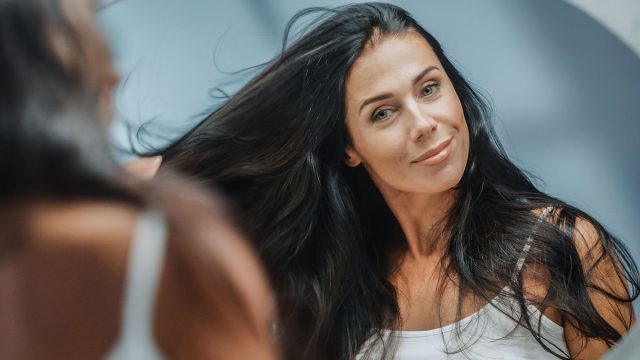
Certain facial exercises could really help reduce wrinkles—all you need is a little time and good technique. Research from Northwestern University shows that women aged 40-65 showed improvements in skin appearance after doing facial yoga exercises. "This study was the first to look at facial exercises and the appearance of aging," dermatologist Shilpi Khetarpal, MD, tells the Cleveland Clinic. "In considering the results, keep in mind that it's a small group of highly motivated participants who were willing to do 30 minutes facial exercises daily." Read on to learn more about exercises that could help reduce wrinkles.
Facial Massage
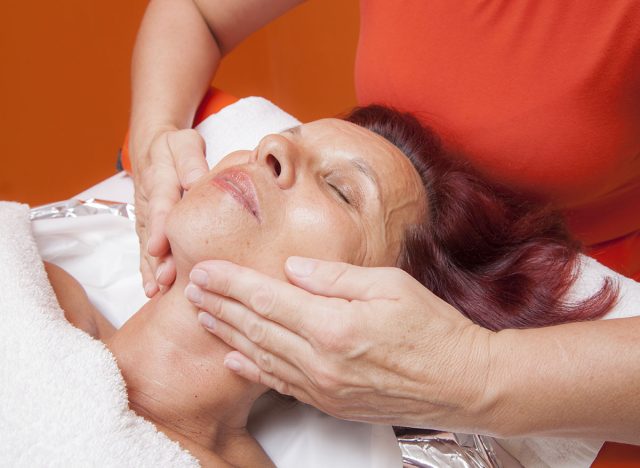
Even a quick massage can help reduce wrinkles, experts say. "Anytime you bring blood flow into an area, it gets your capillaries (blood vessels) moving, which can promote a relaxation of the muscles and get fluids moving," massage therapist Vickie Bodner, LMT, tells the Cleveland Clinic. "Sometimes, people get puffy under the eyes or in the sinus area. Practicing self-massage on the face may help you release unwanted fluids."
Face Yoga
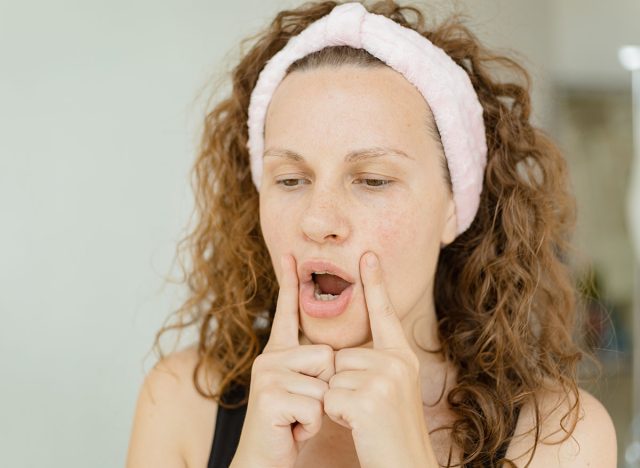
A recent study shows 30 minutes of facial yoga exercises can make participants look three years younger. "Now there is some evidence that facial exercises may improve facial appearance and reduce some visible signs of aging," says Murad Alam, MD, who worked with Gary Sikorski of Happy Face Yoga. "The exercises enlarge and strengthen the facial muscles, so the face becomes firmer and more toned and shaped like a younger face."
Stimulate Lymphatic System
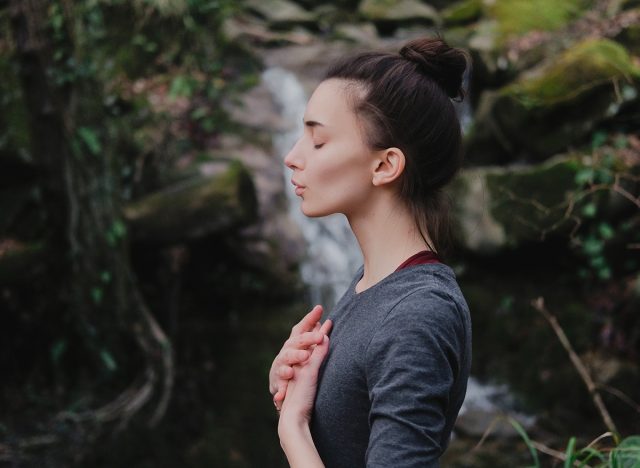
Bodner shares a lymphatic system stimulation to help possibly drain toxins from the skin:
"Close your eyes and take a few deep breaths — in through your nose, out through your mouth — to relax your face and your body.
Place your hands at the base of your neck.
Using light pressure, sweep your hands between your neck and your collarbone, slowly swooping them down toward your midline.
Repeat three times."
RELATED: 5 Foods That Reduce Belly Fat
The Cheek Lifter
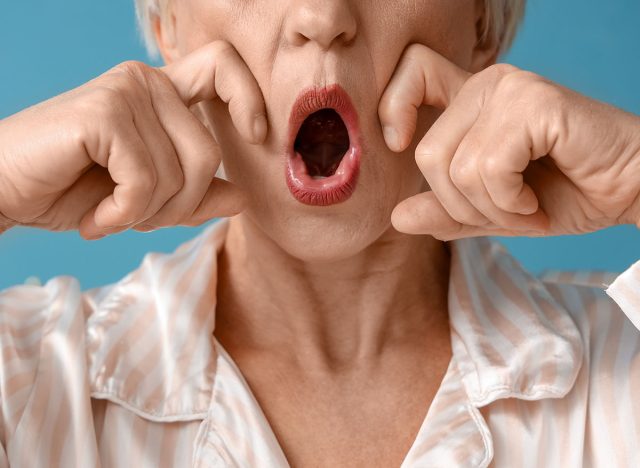
Here is one of the wrinkle-reducing exercises from Happy Face Yoga: "Open your mouth to form an 'O,' and fold your upper lip over your teeth. Smile to lift cheek muscles up, then put your fingers on the top part of the cheek before releasing the cheek muscles to lower them. Lift the cheeks back up, and repeat by lowering and lifting 10 times."
Related: This Is Exactly How to Lose Body Fat This Year
Use Sunscreen!
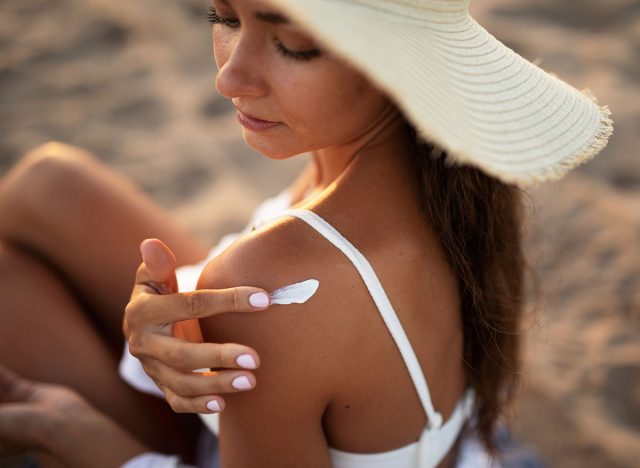
Whether you try facial exercises or not, one method is a tried and tested way of preserving skin health and appearance: SPF. "For those who are still skeptical but wish to try something more evidence-based to maintain youthfulness, I have one simple suggestion: use sunscreen," Kristina Liu, MD, MHS, tells Harvard Health. "You may roll your eyes at the suggestion of sunscreen from a dermatologist, but there is an enormous body of research that demonstrates the sun's role in prematurely aging our skin."




